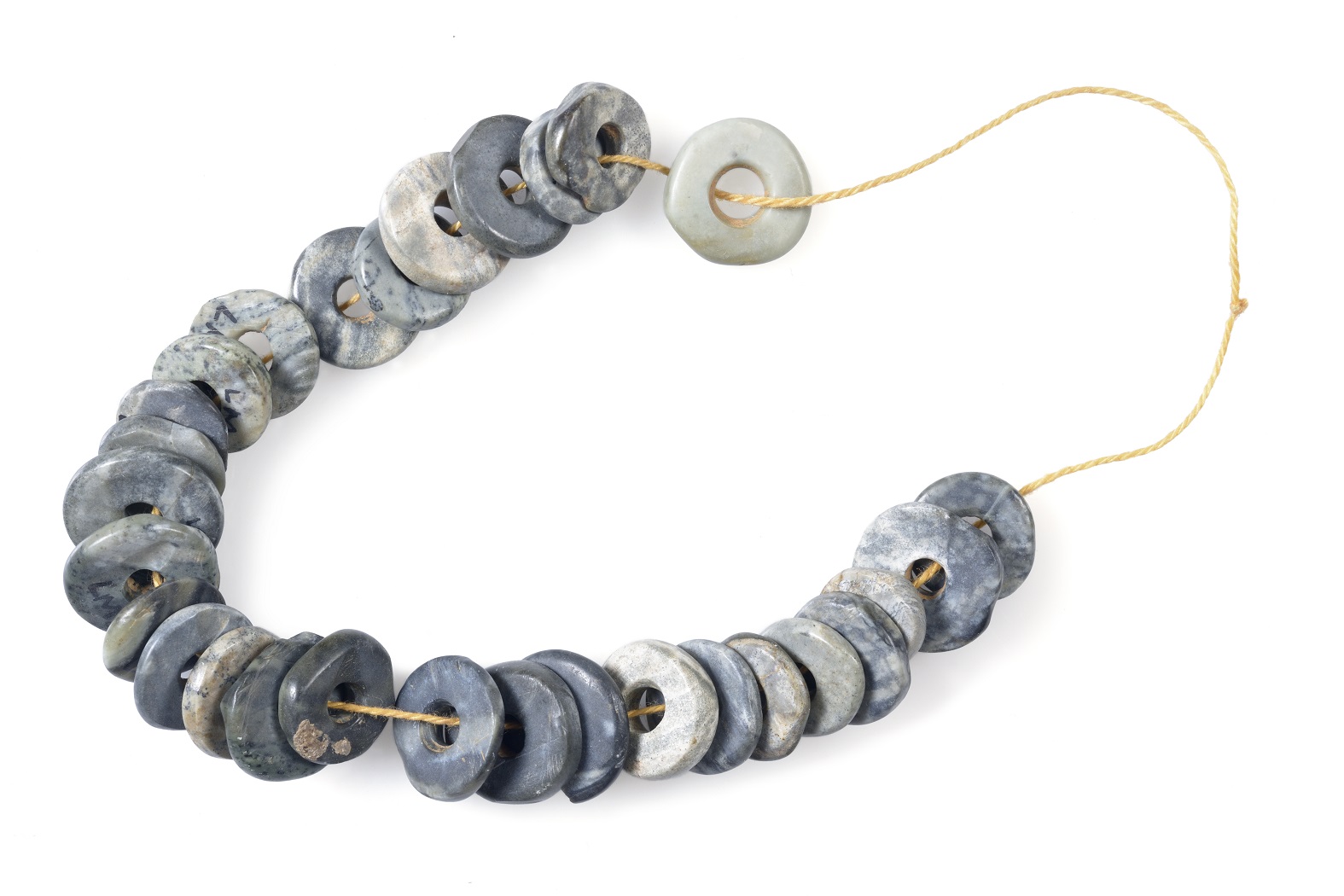- Object type
- bowl
- Production date
- -4000 / -3000
- Fabric
- Neolithic handmade pottery
- Culture
- Prehistory
- Discovery location
- Balma del Clotar de Vall-llebrera
- Materials
- pottery
- Township
- Artesa de Segre (Europa, Espanya, Catalunya, Lleida, La Noguera)
- Technique
- handmade
- Where is it?
- Exposició permanent
- Dimensions
- 145 x 180 mm






